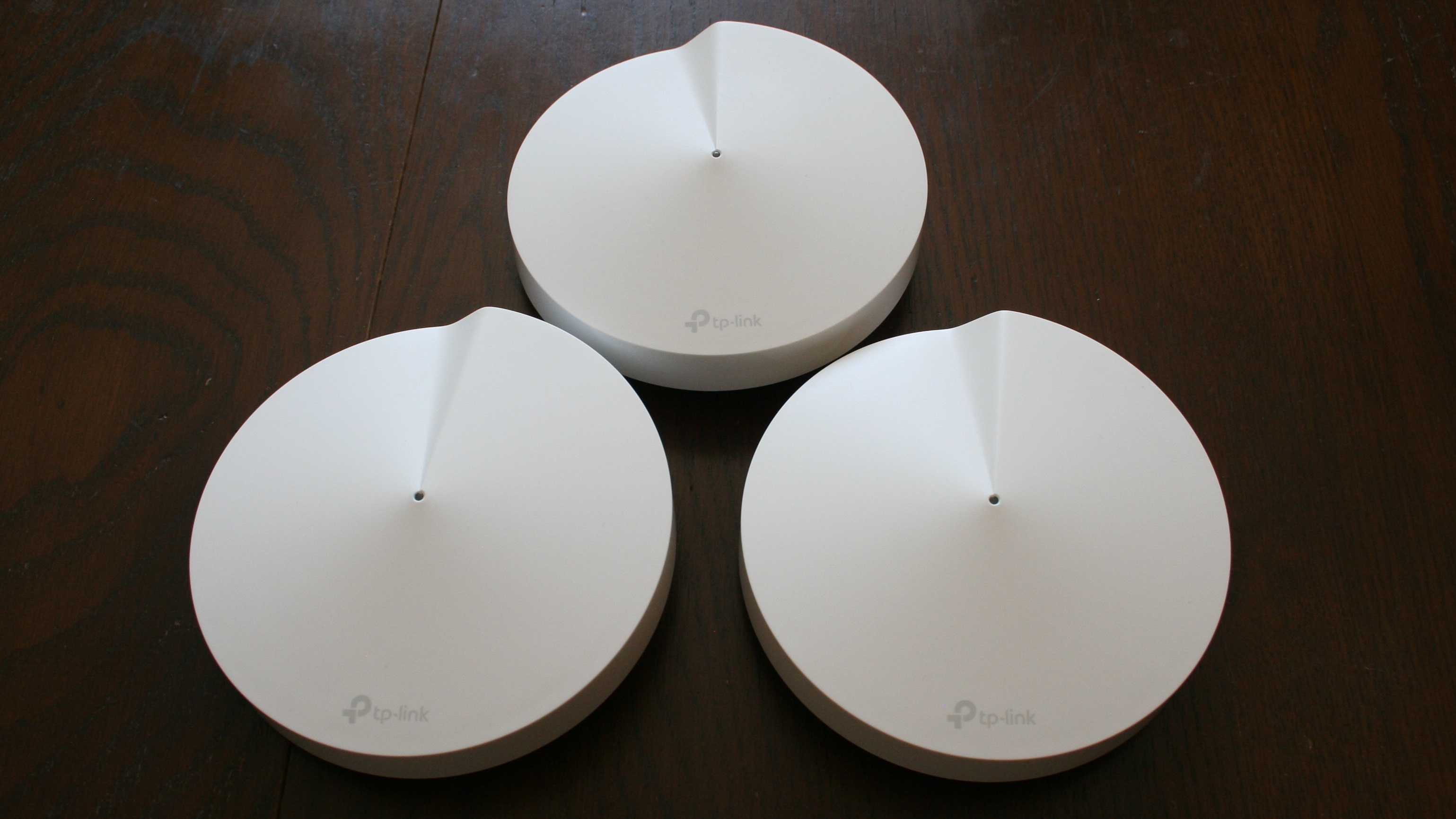

Mesh WiFi systems work by connecting every hardware node to a single wireless network, letting them all communicate with each other.
#BEST MESH NETWORK DOWNLOAD#
As cool as it is to say you’ve got 100, 200 or 500 Mbps download speed, factors like latency and reliability are way more crucial.

Naturally, that’s just for one connection, so you’ll need some more capacity if you’ve got other devices all running at the same time. Netflix recommends a minimum speed of just 15 Mbps to stream a 4K video to a single device. It’s worth saying that raw speed isn’t everything, and that for most normal users, you probably need a lot less than you’re paying for. Your internet provider’s real speed, the construction materials and layout of your home, amongst other things, will all affect your WiFi. Given there are so many factors outside of the manufacturer’s control, these numbers don’t really mean much in the real world. Given that it will take a generation for all of the devices in your home to be compatible with WiFi 7, it’s not worth thinking about this for several years yet.) Range and speedĮvery mesh product will boast of its theoretical broadcast range in square feet, as well as its theoretical top speed. (You may also see talk of WiFi 7 devices, some of which have been released already before the standard is officially launched next year. MacPherson added that WiFi 6E will likely “carry you for a long time,” thanks to the fact that its “top throughputs now typically exceed what people can actually connect their home to.” In short, with a top theoretical per-stream speed of 1.2 Gbps, WiFi 6E is fast enough to outrun all but the fastest internet connection. “If you’re using that spectrum with a WiFi 6 ,” he said, “you’re going to get significant gains ” Matt MacPherson, Cisco’s Chief Technology Officer for Wireless, said that WiFi 6E is a substantial “inflection point” and can take advantage of a much broader chunk of the wireless spectrum than its predecessors. It’s a pretty good time to buy a mesh WiFi system, since WiFi 6E represents a fairly significant leap in the technology. There’s no separate network for the 2.4GHz and 5GHz bands, just a single name that you connect to.

Each node is in constant contact with each other, broadcasting a single, seamless network to all of your devices. Having a “router in every room” is the biggest selling point for mesh WiFi given how reliant we all are on the internet. Mesh WiFi, by comparison, offers “multiple nodes that can be placed anywhere in your home,” says Bettino, resulting in “ubiquitous WiFi” that feels as if you have a “router in every room.” Historically, the solution to a home’s WiFi dead zone was to buy a WiFi Range Extender but Bettino said the hardware has both a “terrible user experience” and one of the highest return rates of any consumer electronics product. “You can have a small, but there’s thick walls or things in the way that just interfere with your wireless signal,” he said. With one transmitter, the signal can degrade the further away from the router you go, or the local environment isn’t ideal. Linksys’ CEO Jonathan Bettino told Engadget why mesh systems are an “advancement in WiFi technology” over buying a single point router. But it means that the band is also overcrowded and slow. A lot of WiFi-enabled gear, like a lot of smart home products, only use 2.4GHz because the range is better and it’s a lot cheaper. 2.4GHz signals will travel a long way in your home but aren’t quick, while 6GHz is blisteringly fast, but can be defeated by a sturdy brick wall. Each WiFi band has tradeoffs, because the slower radio frequencies have greater range but less speed.


 0 kommentar(er)
0 kommentar(er)
